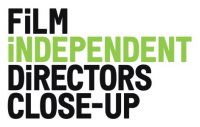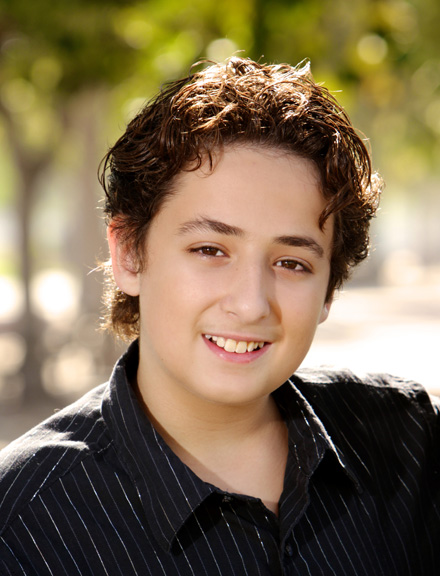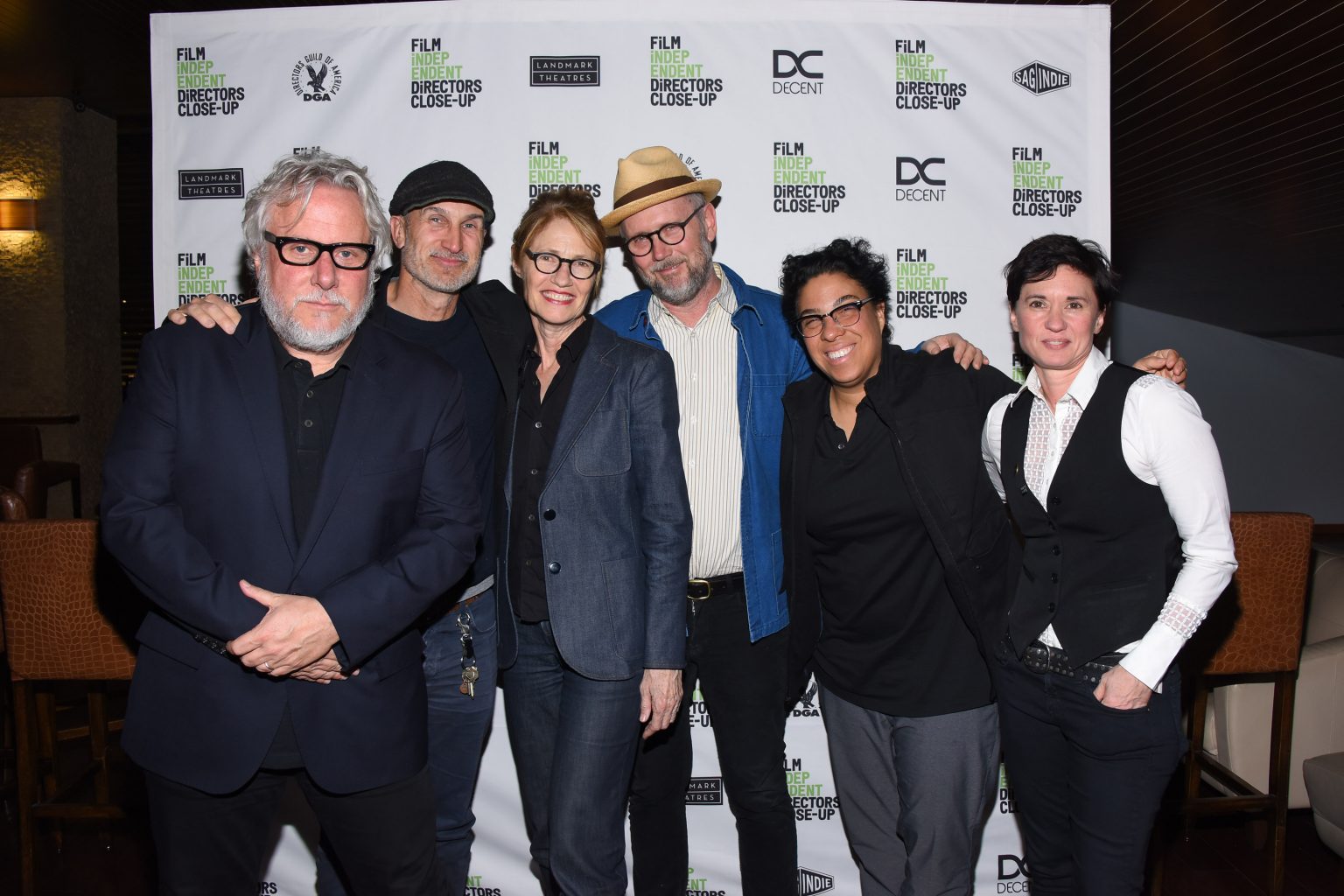Director’s Close Up: Real Life vs. Reel Life
While t here are plenty of challenges to bringing a fictional universe to the big screen like in, Wrinkle in Time, or getting the complex daughter/mother relationship just right in Lady Bird, neither face the unique challenge of presenting a real-world story to an audience in an entertaining matter.
here are plenty of challenges to bringing a fictional universe to the big screen like in, Wrinkle in Time, or getting the complex daughter/mother relationship just right in Lady Bird, neither face the unique challenge of presenting a real-world story to an audience in an entertaining matter.
The fifth and final week of 2018 Director’s Close Up featured directors of many IRL-based-productions. These directors not only question the real-life results but also allow the viewers to question it themselves. A brand-new film, I, Tonya talks about a scenario just like this. The director of the film, Craig Gillespie, talked about what they want the audience of the film to feel, which is a realistic issue for realistic films. Often the real-life story has a clear and cut result driven by journalistic feeds, but as many know, humans are much more three-dimensional than that. This allows these realistic films to give the viewer a whole new perspective on judging infamous people in society.
This principal is great in theory, but rarely in practice. A film may indeed show the third dimension, but also show a skewed truth. Jonathan Dayton, director of films like Battle of the Sexes and Little Miss talked about just this. Twisting the truth can be necessary to make a good film, but can also hurt the concept terribly by making the film more like fiction than reality. It causes false impressions of real-life people, or even worst, changes their place in history due to a false description. In this way, the people who create these films also take the risk of altering history and ruining people’s lives. Yet, if done right, it can reveal new truths and remind people of forgotten values.
Angela Robinson, director of Professor Marston and the Wonder Women, had a unique story to tell. Instead of making a film based on modern or somewhat modern events, she went nearly a century back to the creation of the famous superhero, Wonder Woman. While the story details may be commonly known, the intricate reasons for her creation are revealed and can be rather shocking. This is a perfect example of how a film can add to history, instead of destroying it. Before this film was made, little was known about the creators of Wonder Woman and was most likely kept secret. Now, it has been made public and adds a new side to the classic superhero. One could argue that these filmmakers are also historians, piecing together the past for our enjoyment.
In  many ways, this was the perfect ending to the Director’s Close Up for 2018. It perfectly defines the concept of the event which is to show a whole new side of filmmaking that is not revealed from simply watching the film. There are often months, sometimes years of work and research dedicated to making these two hours of (hopefully) entertainment. Behind the camera of a motion picture is a small world that events such as these allow us to enter. Even if it is just for a moment, it opens up a whole new way of watching movies.
many ways, this was the perfect ending to the Director’s Close Up for 2018. It perfectly defines the concept of the event which is to show a whole new side of filmmaking that is not revealed from simply watching the film. There are often months, sometimes years of work and research dedicated to making these two hours of (hopefully) entertainment. Behind the camera of a motion picture is a small world that events such as these allow us to enter. Even if it is just for a moment, it opens up a whole new way of watching movies.

